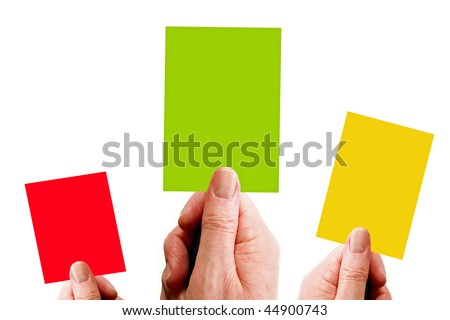PHASE SYMBOLS
Phase symbols are subscripts that indicate the phase of the chemical:
-solid (s)
-liquid (l)
-gas (g)
-aqueous (aq)
It is important to indicate the phases of each element and compound when specified in the word equation, as well as balance the equation.
SOLUTIONS
A solution is a substance consisting of two or more substances mixed together and uniformly dispersed, most commonly the result of dissolving a solid, fluid, or gas in a liquid. More simply put, it is something that is dissolved in water. The phase is, therefore, aqueous (dissolved in water). The solvent is the substance that dissolves things. The solute is the dissolved substance.
WRITING FORMULAS
We write the formulas for compounds by using the cross-over method:

When balancing, we use coefficients in front of certain formulas, so that there will be an even number of each chemical's atoms when we are finished. We are told that trial and error is much simpler than the "laundry list method" (where you write a list of all of the elements present in the equation).
Certain elements are diatomic (molecules composed of two atoms), while certain elements are polyatomic (molecules composed of several atoms). You can remember the diatomic elements by remembering Dr. HOFBrINCl (hydrogen, oxygen, fluorine, bromine, iodine, nitrogen, and chlorine). They also form a 7 (in addition to hydrogen) in the periodic table. The diatomic elements have a subscript of 2 when the elements are by themselves in a chemical equation. Other polyatomic elements are phosphorus and sulfur. Ozone is another polyatomic element. It is formed by electrical discharge in oxygen. Phosphorus has a subscript of 4, sulfur has a subscript of 8, and ozone has a subscript of 3.
-hydrogen, H2
Here is an instructional video on balancing chemical equations:
We also began using coloured cards to indicate to Mr.Doktor whether we "understand the material," "kind of understand the material" or if we are "totally lost."
-Green ("totally understand it")
-Yellow ("kind of understand it")
-Red ("totally lost")


No comments:
Post a Comment